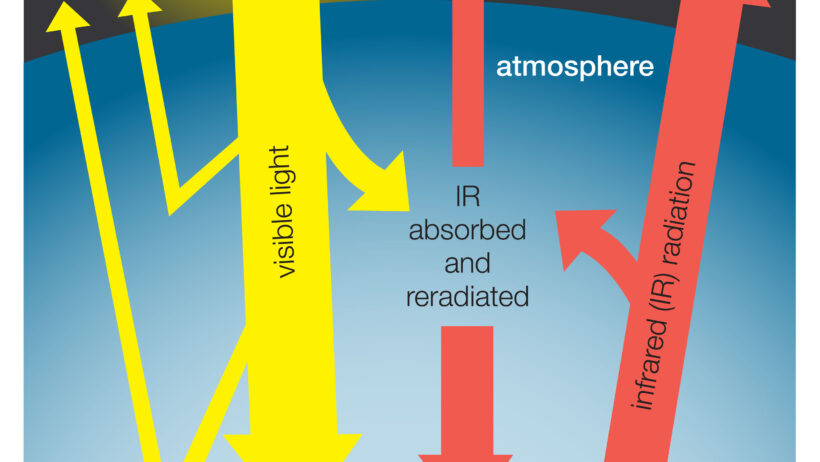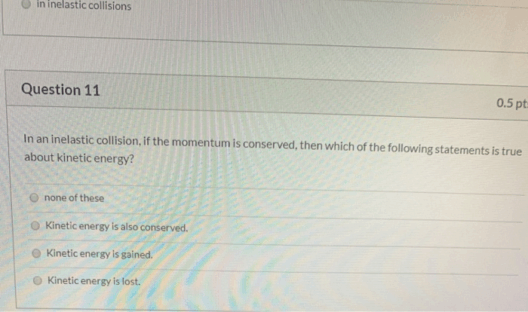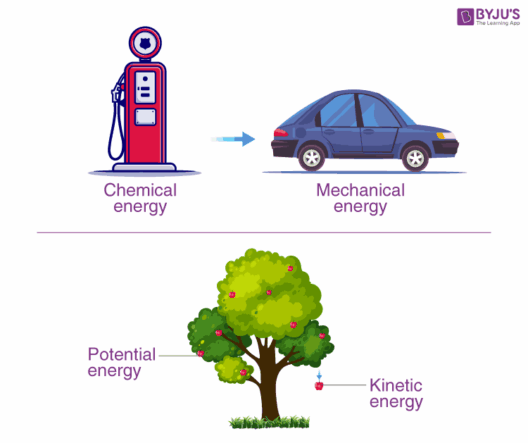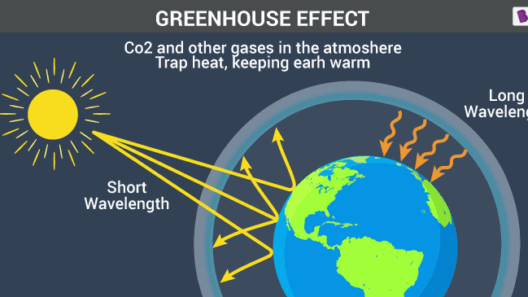In discussing the complex and multifaceted subject of the greenhouse effect, it is fundamental to acknowledge that not all greenhouse gases are detrimental. In fact, they play an indispensable role in maintaining the delicate balance of Earth’s climate system. The greenhouse effect is essentially the mechanism by which certain gases trap heat within our atmosphere, resulting in a temperature that supports life as we know it. This article delves into the nuances of this phenomenon, shedding light on why greenhouse gases are not merely a concern, but also a natural and vital component of our planet’s ecological equilibrium.
The Role of Greenhouse Gases in Climate Regulation
Greenhouse gases, which include carbon dioxide (CO2), methane (CH4), and nitrous oxide (N2O), are integral to Earth’s energy balance. They operate by absorbing infrared radiation emitted from Earth’s surface. Without these gases, heat would escape back into space, rendering our planet inhospitable. This natural process has been further refined over geological epochs, allowing various life forms to evolve and thrive.
One of the primary components of this equation is carbon dioxide, which remains in the atmosphere much longer than many other greenhouse gases. Increases in CO2, while concerning in terms of anthropogenic contributions, are also a result of natural processes such as volcanic eruptions and respiration of living organisms, showcasing the complexity of Earth’s carbon cycle. Methane, though present in smaller quantities, is significantly more effective at trapping heat, yet it is also produced by natural sources such as wetlands, providing a counterbalance to human-related emissions.
The Balance of Nature and Anthropogenic Influences
The delicate dance between positive and negative influences on greenhouse gas concentrations cannot be overstated. While it is crucial to address and mitigate human-induced emissions—particularly those stemming from fossil fuels—the inherent greenhouse effect has been shaped by natural events over millennia. Ecosystems across the globe have adapted to fluctuating levels of greenhouse gases, showcasing nature’s resilience and ability to manage energy flows effectively.
Understanding how ecosystems have historically coped with greenhouse gases can also illuminate pathways forward. For example, coastal wetlands and peat bogs act as significant carbon sinks, absorbing CO2 and mitigating climate change impacts. While human activities can disturb these natural processes, sustainable practices and a commitment to reestablishing ecological balance can enhance the positive roles that these environments play in climate regulation.
The Implications of an Enhanced Greenhouse Effect
Climate change and its associated ramifications stem from an enhanced greenhouse effect, primarily due to human activities. However, it is important to distinguish between the natural greenhouse effect, which is essential for life, and the alterations brought about by industrialization. Feedback loops, such as ice melting and ocean warming, exacerbate the situation, emphasizing the need for immediate action. Solutions lie in holistic approaches that recognize both the necessity of greenhouse gases for warmth and the imperative to reduce excessive concentrations.
Adaptation and Mitigation Strategies
A comprehensive understanding of the greenhouse effect lays the groundwork for effective climate strategies. By embracing renewable energy sources—such as solar, wind, and hydroelectric power—we can significantly reduce our reliance on fossil fuels and curb greenhouse gas emissions. Transitioning to a circular economy that maximizes resource efficiency is also essential. This involves rethinking production and consumption patterns to limit waste, which in turn reduces methane emissions from landfills.
Furthermore, restoration and conservation of vital ecosystems is paramount. Afforestation initiatives and the protection of existing forests contribute to the sequestration of carbon. Engaging local communities in these efforts not only bolsters ecological health but fosters a sense of ownership and responsibility regarding climate actions. Together, these strategies can enhance the capacity of the environment to maintain balance while reducing anthropogenic pressures.
The Interconnectedness of Earth’s Systems
Recognizing the intricate systems that govern Earth’s climate is essential for fostering a mindset geared toward sustainability. The greenhouse effect illustrates the practical interplay between atmospheric science, ecology, and geology. By appreciating the beneficial roles of greenhouse gases, we can advocate for solutions that reinforce natural systems rather than undermine them.
Conclusion: A Call for Balanced Understanding
The conversation about greenhouse gases extends beyond simple condemnation of emissions. It is a call to recognize their crucial role in maintaining the conditions that support life. This understanding must be coupled with an acknowledgment of human responsibility in managing greenhouse gas levels. Climate action is not just about reducing emissions; it is about harmonizing human activity with the natural processes that underpin our planet’s environmental stability. By fostering an informed perspective on the greenhouse effect, we can embrace a future that respects both the complexities of nature and the imperative for conscientious stewardship.






